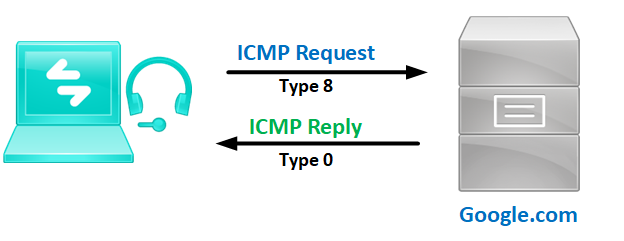OSPF Area Types Explained and Configuration [Demystified]
![OSPF Area Types Explained and Configuration [Demystified]](https://learnduty.com/wp-content/uploads/2022/03/image-8.png?v=1647900083)
Contents
Backbone Area
The backbone area (area 0 or area 0.0.0.0) is the core of an OSPF network. All other areas are connected to it, either directly or through other routers. OSPF requires this to prevent routing loops.

Standard Area
A regular area is a non-backbone (nonzero) area without specific features, generating and receiving summary, and external LSAs. The backbone area is a special type of such area.

Stub Area
- A stub area is an area that does not receive route advertisements external to the AS and routing from within the area is based entirely on a default route.
- An ABR deletes type 4, 5 LSAs from internal routers, sends them a default route of 0.0.0.0, and turns itself into a default gateway. This reduces LSDB and routing table size for internal routers.

In simple words:
In addition to LSA-1 & 2, the allowed LSA inside a STUB Area are:
- LSA-3 from other Areas (ABR)
- LSA-3 default route from the ABR.
Configuration of OSPF stub Area:
Router(config-router)# area 122 stub
Tottaly Stub Area:
- A totally stubby area is similar to a stub area. However, this area does not allow summary routes in addition to not having external routes, that is, inter-area (IA) routes are not summarized into totally stubby areas.
- The only way for traffic to get routed outside the area is a default route which is the only Type-3 LSA advertised into the Totally Stub Area area.

- In simple words:
In addition to LSA-1 & 2, Only the LSA-3 default route from the ABR is allowed inside a Totally STUB Area.
Configuration of OSPF Totally stub Area:
the same configuration as Stub Area, we just add the keyword “no-summary”
Router(config-router)# area 10 stub no-summary
Not So Stubby Area (NSSA)
- A not-so-stubby area (NSSA) is a type of stub area that can import autonomous system external routes and send them to other areas but still cannot receive AS-external routes from other areas.
- The ASBR imports external addresses with a type 7 LSA, the ABR converts a type 7 LSA to type 5 and floods it to other areas, the ABR acts as an “ASBR” for other areas.
- The ASBRs do not take type 5 LSAs and then convert them to type 7 LSAs for the area.
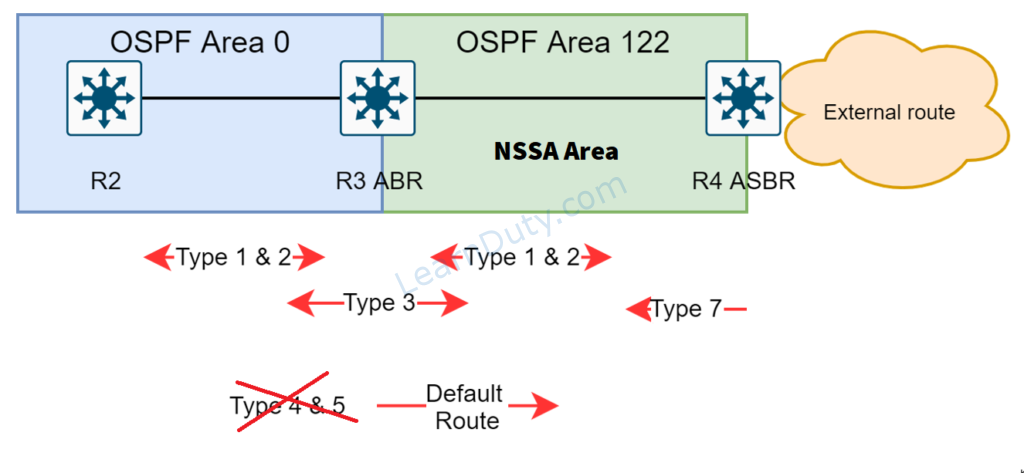
In simple words:
In addition to LSA-1 & 2, the allowed LSA inside NSSA Area are:
- LSA-3 from other Areas.
- LSA-3 default route from the ABR.
- LSA-7 from ASBR (external routes LSA-5 converted into LSA-7, and then converted into LSA-5 when crossing the ABR)
Configuration of OSPF NSSA Area:
Router(config-router)# area 10 nssa
Router(config-router)# area 10 nssa default-information-originateTotally Not So Stubby Area (TNSSA)
It’s the same as NSSA Area but LSAs type 3 and 4 summary routes are not flooded into this type of area, which means that the area will receive only the default route from area 0.0.0.0, but can also contain an autonomous system boundary router (ASBR) that accepts external routing information and injects it into the local area as LSA-7, and from the local area into area 0.0.0.0 as LSA-5.
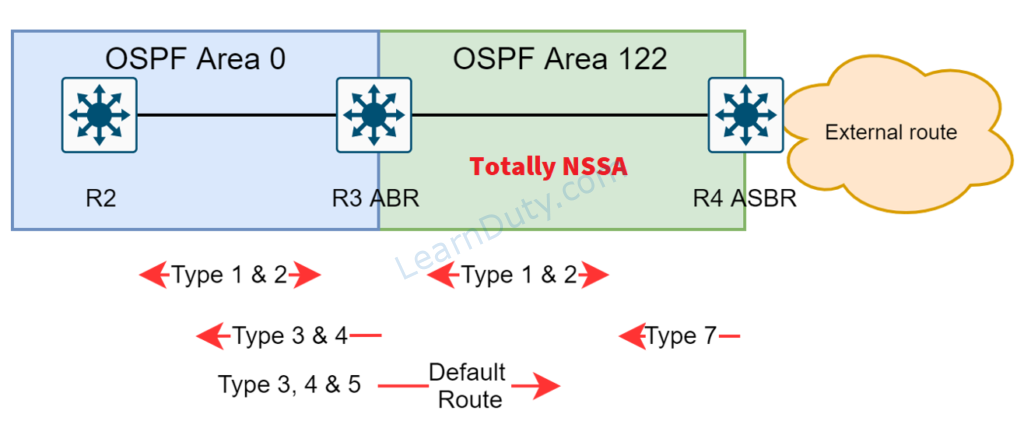
In simple words:
In addition to LSA-1 & 2, the allowed LSA inside Totally NSSA Area are:
- LSA-3 default route from the ABR (only this LSA-3, but other LSA-3 aren’t allowed)
- LSA-7 from ASBR (external routes LSA-5 converted into LSA-7, and then into LSA-5 when crossing the ABR)
Configuration of OSPF Totally NSSA Area:
Router(config-router)# router ospf 10
Router(config-router)# Area 10 nssa no-summary
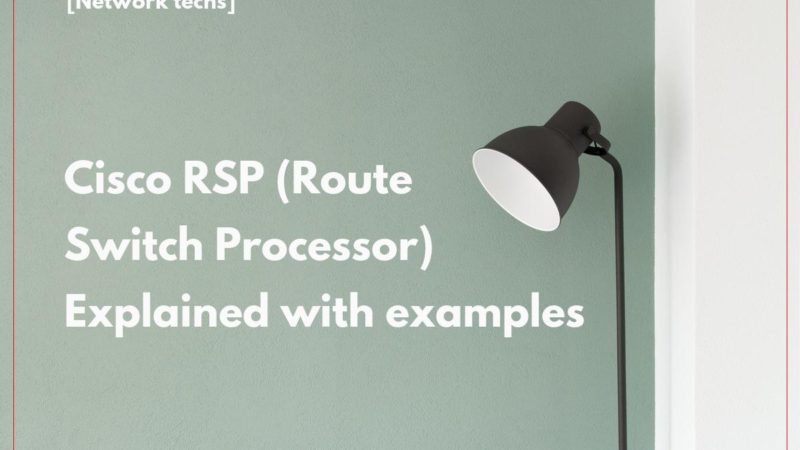
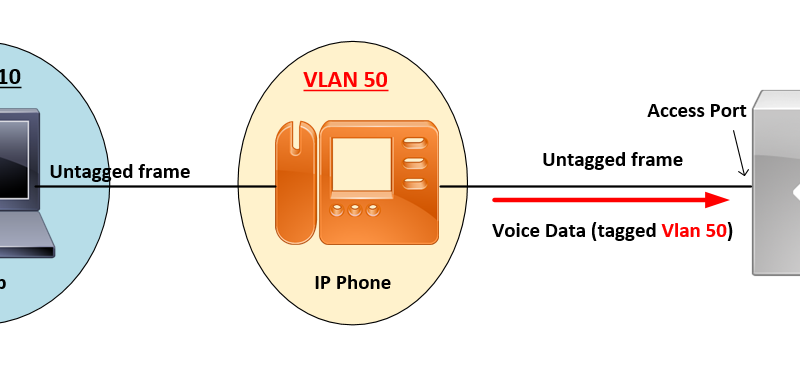
![OSPF DR and BDR Election Explained [with Configuration]](https://learnduty.com/wp-content/uploads/2022/03/image-33.png?v=1647900046)
![OSPF Neighbor Adjacency Requirements [With Configuration]](https://learnduty.com/wp-content/uploads/2022/03/image-23-418x450.png?v=1647900064)
![OSPF Neighbor States Explained [Step by Step]](https://learnduty.com/wp-content/uploads/2022/03/image-13.png?v=1647900076)
